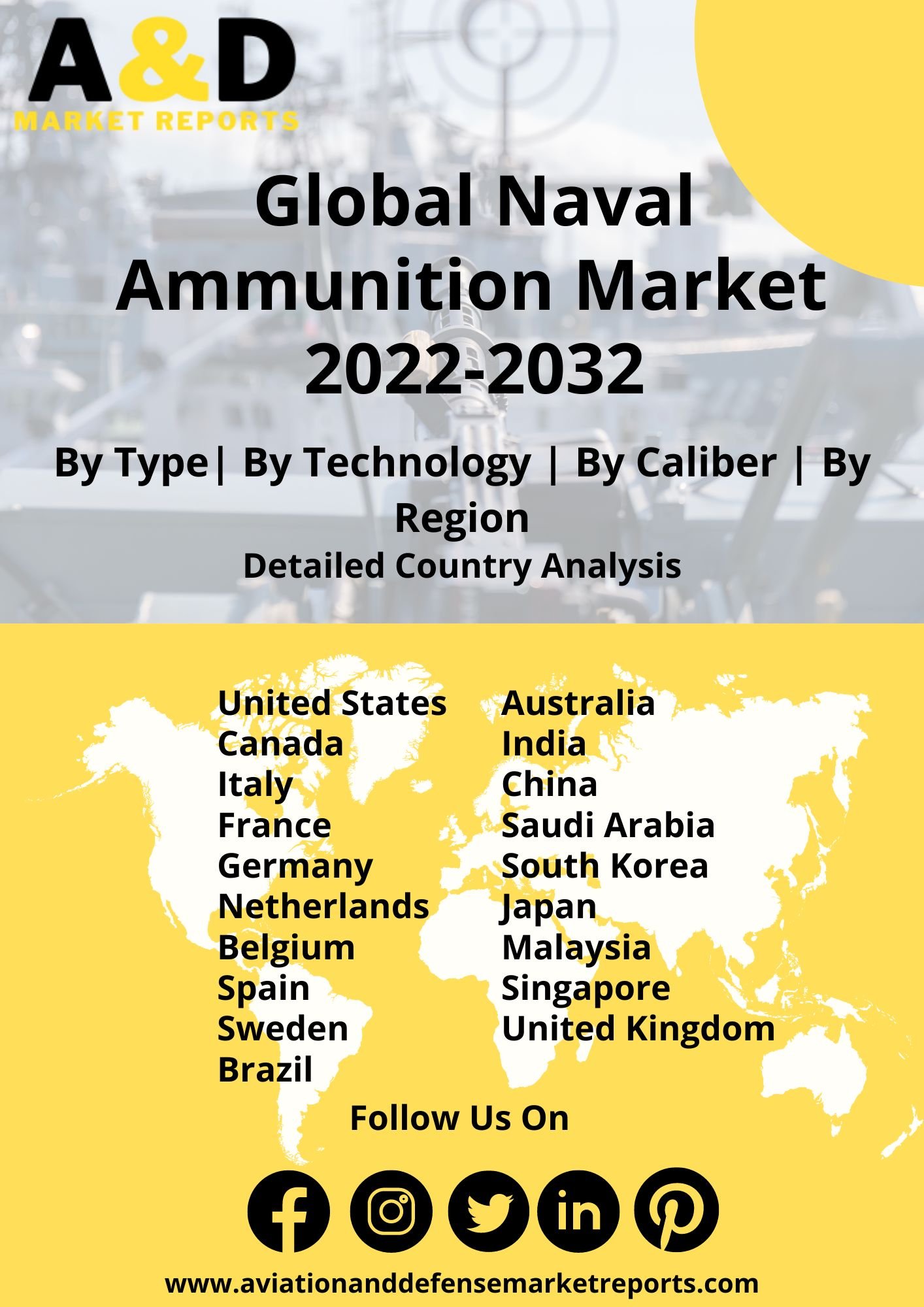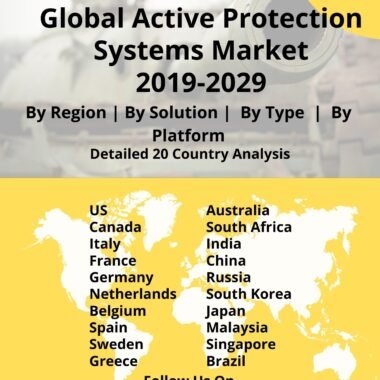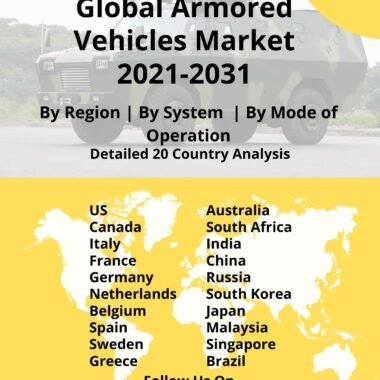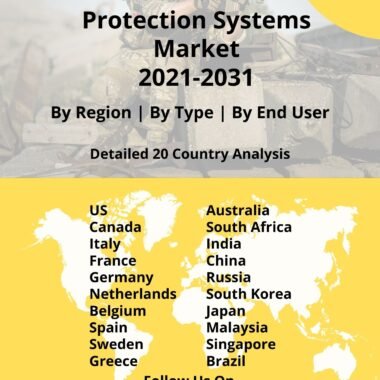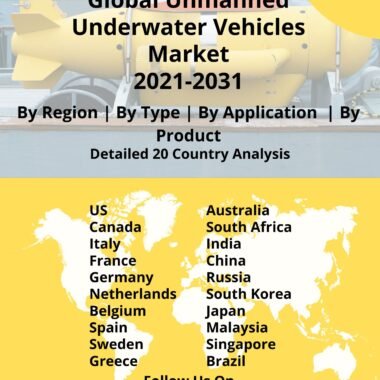Description
Naval Ammunition Market
Frequently Asked Questions of Naval Ammunition
Guns are typical armament on modern naval vessels. There is a revolutionary, self-guiding projectile in addition to modern standard methods. Small wings initially control the ammunition via satellite navigation and then, during the terminal approach, via a laser or infrared seeker, providing maximum precision for point target attack even against moving targets. Propelling charges are explosive compositions used to propel projectiles from the gun to the target. The propelling charge and projectile are combined in a casing and handled as one unit in fixed ammunition. The brass or steel cartridge case, the primer, and the propellant powder charge are the main components.
The propelling charge and projectile are constructed separately in the separated ammunition and are stowed and handled as distinct components until they are inserted into the gun. The propellant primer, details, and closure plug assembled into the metal casing comprise the propellant charge of the separated ammunition round. Separate loading ammunition propelling charges are constructed in portions separate from the projectile and primer. Some characteristics are shared by propellant charges for all calibers of ammunition. Case ammo is the most basic sort of charge. Because saluting, reduced, and clearing charges contain the same components as case ammunition, they are provided with case ammo.
The primer and powder for small and medium-caliber weapons are housed in a brass or steel cylinder known as a cartridge case. The assembly of the full charge in a single, rigid, protected casing improves loading efficiency and eliminates the risk of flarebacks. Furthermore, the case stops gases from escaping toward the gun’s breech; it swells from the heat and pressure of the burning powder and produces a tight seal against the chamber.
Major factors driving Naval Ammunition Market Growth
In addition to programmable and guided ammunition, there is also increased demand for loitering munitions for naval platforms. Loitering munitions are a sort of military equipment that enables aerial monitoring and engagement. These weapons are capable of hovering or patrolling an area for extended periods and can be launched from a variety of platforms, including airplanes, ground vehicles, and ships. One of the primary benefits of loitering bombs is their capacity to offer operators real-time surveillance and targeting information. This enables armed forces to engage targets swiftly and precisely without the need for additional equipment. These are some of the major market trends that will drive the growth of the market.
Trends Influencing the Naval-Ammunition Market Size
Some of the major technologies include base drag reduction and rocket assistance to extend range performance. High fragmentation impact, as well as barrel erosion and muzzle signature reduction qualities, are also some of the key technological naval ammunition market trends that will influence the growth of the market.
Naval-Ammunition Market Forecast & Dynamics
Increasing defense spending will enable the procurement of newer naval platforms with advanced naval guns. This in turn will generate demand for the naval ammunition market. Procurement will also be driven by prevailing geo-political conditions in Europe and the Asia Pacific. The naval ammunition market forecast includes a comprehensive market analysis and market size. The market analysis includes regional market size, drivers, restraints, and opportunities. The regional analysis also includes country-wise market size.
Naval Ammunition Market Analysis for Recent Developments
BAE Systems has received two contracts totaling roughly $32 million for its Bofors 57mm 3P (Pre-fragmented, Programmable, Proximity- fused) advanced ammunition from the Swedish Defense Materiel Administration (FMV) and the Finnish Defense Forces Logistics Command (FDF LOG COM). Sweden has placed an order for a significant stock of Bofors 57mm 3P advanced ammunition worth around $18 million. Finland is also ordering a large quantity of ammunition worth around $14 million. The Royal Navy is looking for ‘loitering munitions’ for ships. The DE&S Future Capability Group (FCG), in collaboration with the Royal Navy, “are aiming to demonstrate a modular (20ft ISO container) medium size loitering munitions automated launch and storage POD,” according to a pre-procurement notice released by the Ministry of Defense.
The global landscape of naval ammunition has seen significant advancements, reflecting innovations in naval warfare capabilities and the evolving nature of maritime threats. Naval ammunition encompasses a diverse range of munitions designed for deployment from naval platforms, addressing various operational needs. Advancements in naval ammunition include precision-guided munitions, anti-ship missiles, torpedoes, and anti-submarine warfare munitions. These technologies enhance the accuracy, range, and effectiveness of naval firepower, supporting naval forces in countering surface and subsurface threats.
The development of smart and networked ammunition, capable of receiving and processing real-time data, contributes to improved situational awareness and mission effectiveness. These capabilities enable naval vessels to adapt dynamically to changing threats and engage targets with precision. Global naval forces focus on standardization and interoperability to ensure compatibility among different naval ammunition systems. Collaboration between nations and defense industries fosters the exchange of technologies and expertise, promoting a collective approach to maritime security. The ongoing evolution of naval ammunition in 2023 underscores a commitment to enhancing naval capabilities, maintaining maritime superiority, and adapting to the dynamic and complex challenges faced by modern navies worldwide.


